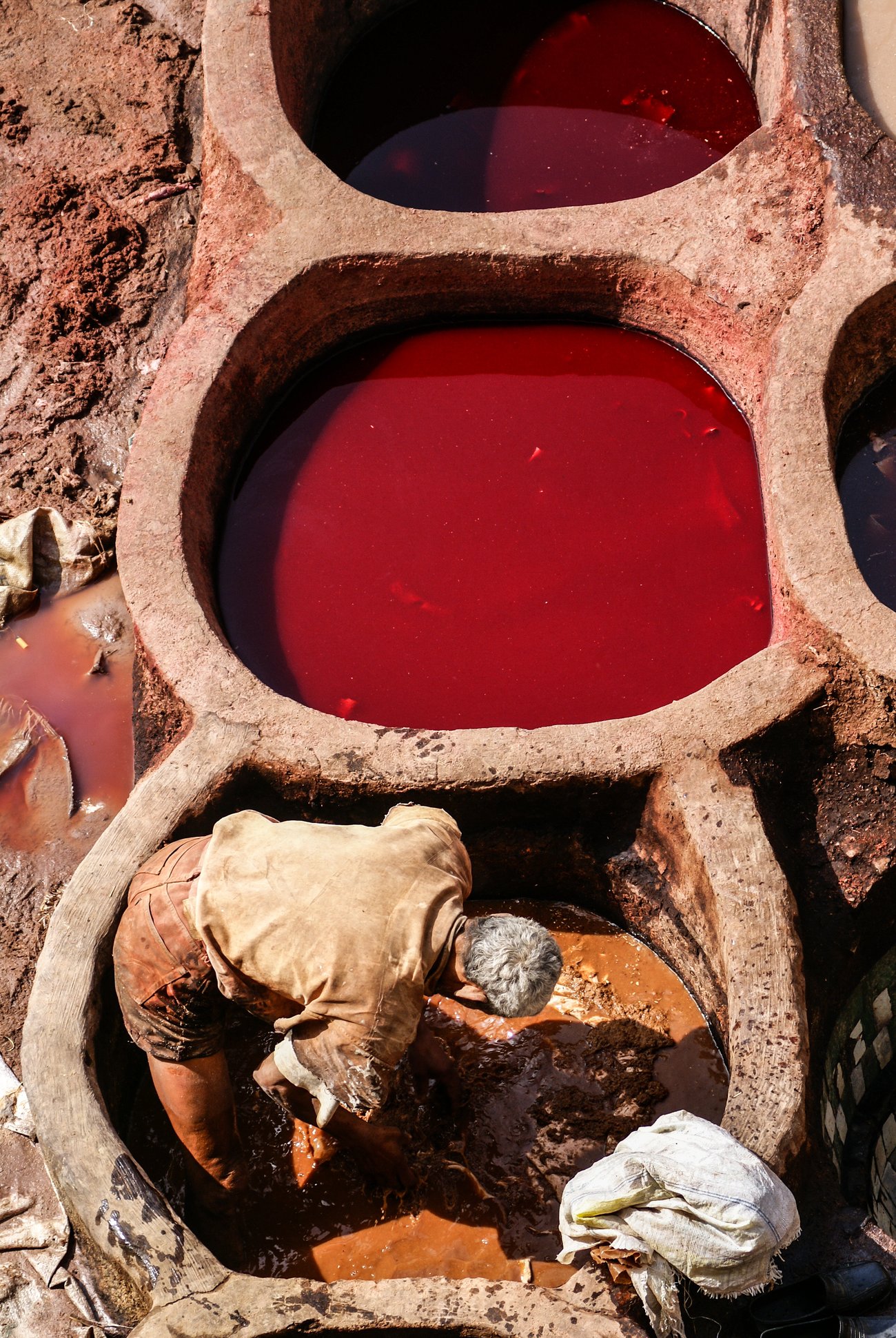Canterbury university boffins want to turn leather industry’s hellish waste to biogas

The University of Canterbury is looking at using anaerobic digestion, a form of breaking down biodegradable material without oxygen, to create biogas.
Biogas creates methane and carbon dioxide gasses, which can then be used as a substitute for natural gas for heating if the methane content is over 55 per cent.
The project will transform the way current toxic solid waste and chemicals are being disposed of – basically dumping waste into landfills.
“The main disposal options around the world are landfills and incineration. The latter requires a significant input of energy,” University of Canterbury civil and natural resources engineer Dr Ricardo Bello-Mendoz says.
“Our project is looking at producing energy instead of requiring energy for the treatment of these wastes.”
He adds:”Our tests result gives us confidence waste will be able to produce useful energy for the tannery. We have also investigated using mixes of waste to achieve higher gas production.
“Mixes of the degreasing sludge and waste fleshings were able to produce up to 65 percent methane gas content. Mixing the waste types allows more waste to be used in the process, particularly important for reducing landfill disposal costs and using up the degreasing sludge which is currently stored on site.”
The research project is focused at looking at major organic wastes produced in Christchurch by using waste samples provided by sheepskin company G.L Bowron & Co.
Methane potential
University of Canterbury final-year engineering student Amanda Kirk says the results can then be used as an example of methane potential from wastes all around New Zealand.
Kirk and fellow research Michaela Aspell are helping research the project, as well as Dr Bello-Mendoz and manager of the university’s environmental engineering laboratory Peter McGuigan.
“The research has shown there is potential for tanneries around New Zealand to produce useful renewable gas for on-site energy production. It is hoped this research will help tanneries in future meet most of its energy needs from its own waste,’’ Kirk says.
Bello-Mendoz says the project is still in the early stages and the university will be looking to gather more information about tannery waste in New Zealand.
However, a report by Journal of the American Leather Chemists Association found that the leather manufacturing industries generate four times as much solid waste than finished leather, which Bello-Mendoz says shows the significance of the waste problem.
In Europe, it is estimated that tanneries there produce an average 2.14 kg of waste for every square metre of leather produced. (Check out this report)
The cost of environmental pollution of the tannery industry in China and other developing countries has been well document. A large portion of the world’s tanning industry operates in low- and middle-income countries.
In Bangladesh’s Hazaribagh, for example—a particularly large tanning region of that has over 200 separate tanneries—it is estimated that 7.7 million liters of wastewater and 88 million tons of solid waste are disposed of on a annually. (Source: Worst Polluted.Org)
China which makes 67% of the world’s shoe and exports leather valued over US$56 billion annually discharged (in 2009) more than 249million m3 of waste water. (For more read this report)
In New Zealand specifically, hides, skins and leather are one of New Zealand’s top 20 exports worth $597 million, according to Statistics New Zealand.
The research group’s findings will be presented at the annual civil and natural resources engineering research conference held at the University of Canterbury this month.




